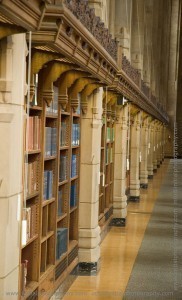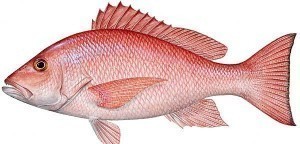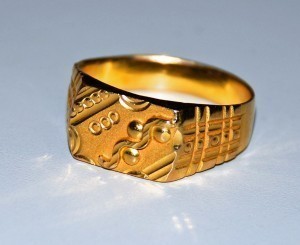Library Sizes
Library sizes can range from small buildings housing a few select books to those that have millions of books and items. Traditionally, the library has been seen as a storehouse for books, but these days they are also repositories of other reference materials like CDs.
books to those that have millions of books and items. Traditionally, the library has been seen as a storehouse for books, but these days they are also repositories of other reference materials like CDs.
Biggest Libraries in the World
The largest library in the world is the Library of Congress in the United States, which is also the national library of the country. The adjudication is based on the shelf space that the library collection takes up.
In terms of actual items, the Library of Congress has 130 million, which is less than the 150 million items in the British Library. But the library size and shelf space of the Library of Congress is 850 km (530 miles) long.
By contrast, the British Library shelf space is only 625 km (388 miles).The number of books in the Library of Congress is about 29 million, while the British Library has 25 million.
The Library of Congress
The collection in the Library of Congress spans three buildings: the James Madison Memorial Building, The John Adams Building and the Thomas Jefferson Building.
Aside from the books, the Library of Congress has over 500,000 microfilm reels, 6,000 comic books, 58 million manuscripts 2.7 million sound recordings, 4.8 million maps and thousands of newspapers. Probably the rarest item in it is a Gutenberg Bible from the 15th century.
The library also has records about congressional activities and legislation. It has about 3,000 staff members. The library was established in 1800 with 1,000 books.
The New York Public Library
In terms of library size, the New York Public Library is the largest public library on the planet. It is comprised of four research centers plus 85 branch libraries in the Bronx, Staten Island and Manhattan.
There are more materials in the library than any other in America. Since its establishment in 1895, the library collection has expanded to over 52 million items.
Definition
May people still think of the library as a place where you can read and borrow books. But it is more accurate to describe a library as a collection of various resources.
As shown in the examples above, libraries also have maps and newspapers. They also have DVDs, CDs, videotapes and cassette tapes. Many modern libraries also have Internet facilities.
Types of Libraries
Libraries can be classified by the institution that built and supports it (for example, government, academic, historical society, school and private libraries). Other libraries are defined by their subject matter (law libraries, theological libraries etc).
The library can also be defined by the materials they possess (maps, pictures, digital information etc). Public libraries are also known as public lending libraries as their books may be borrowed. People who want to borrow are given library cards. Public libraries also function as community groups in many states and countries.
It should be clear by now that library size can be defined in many ways. Aside from physical dimensions, the library can also be defined by the collection in it.





